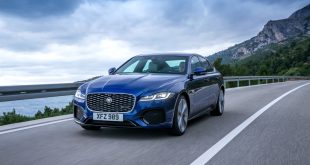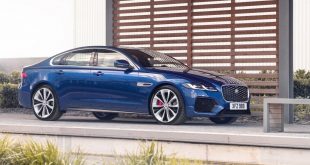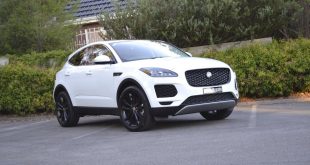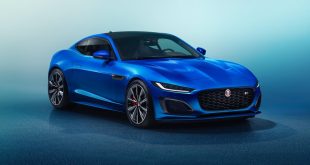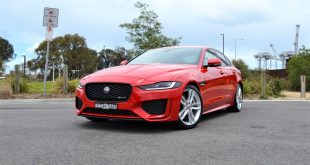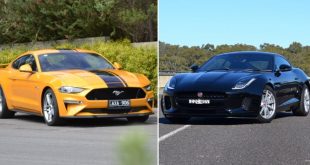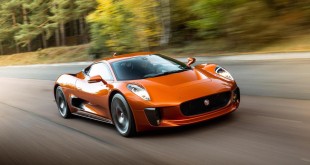Jaguar has shown-off its ‘Virtual Windscreen’ technology concept for the first time. The company hopes that it will aid road and track driving like never before.
The cutting-edge technologies are developed to give drivers high-quality, life-like graphics and information that will offer an enhanced ‘virtual’ view of the road or race track.
The ‘Jaguar Virtual Windscreen’ concept uses the entire windscreen as a display, projecting hazard, speed and navigation data directly onto it, with the driver never having to take his or her eyes off the road.
Furthermore, for on track driving, the system can even project virtual racing lines and braking guidance onto the windscreen for optimum racing line, with changes in colour indicating braking guidance.
Drivers can also race against an uploaded ‘ghost car’ of another driver or that of his or her previous lap to improve their laps times.
Finally, virtual cones can be laid on the track ahead for driver training.
Dr Wolfgang Epple, Director of Research and Technology for Jaguar Land Rover, said:
“We are working on research projects that will give the driver better information to enhance the driving experience. By presenting the highest quality imagery possible, a driver need only look at a display once. Showing virtual images that allow the driver to accurately judge speed and distance will enable better decision making and offer real benefits for every day driving on the road, or the track.”
The company is also developing a gesture control system to keep driver’s eyes on the road and reduce distraction by limiting the need to look at or feel for buttons and switches to press.
Jaguar Land Rover’s gesture control research uses E-Field Sensing, which is based on the latest capacitive discharge touch screensand gives much greater accuracy than ever before. A smartphone today detects the proximity of a user’s finger from 5mm. The Jaguar Land Rover system increases the range of the sensing field to around 15cm which means the system can be used to accurately track a user’s hand and any gestures it makes inside the car.
“Gesture control has already become an accepted form of controlling anything from TV sets to games consoles. The next logical step is to control selected in-car features. We have identified which functions still need to be controlled by physical buttons and which could be controlled by gesture and carefully calibrated motion sensors,” said Dr Epple. “The system is currently being tested on a number of features including sunblinds, rear wipers and satellite navigation maps. It has the potential to be on sale within the next few years.”
Jaguar Land Rover’s research team is also looking at technology that could replace rear view and external mirrors with cameras and virtual displays. Using two-dimensional imaging to replace mirrors is limited by the fact that single plane images on a screen do not allow the driver to accurately judge the distance or speed of other road users.
Jaguar Land Rover has therefore developed an innovative 3D instrument cluster, which uses the latest head- and eye-tracking technology to create a natural-looking, specs-free 3D image on the instrument panel. Cameras positioned in the instrument binnacle or steering column area track the position of the user’s head and eyes. Software then adjusts the image projection in order to create a 3D effect by feeding each eye two slightly differing angles of a particular image. This creates the perception of depth which allows the driver to judge distance.
 ForceGT.com Car News, Car Reviews, Video Reviews, Tuning and much more.
ForceGT.com Car News, Car Reviews, Video Reviews, Tuning and much more. 